Smashed at the Weekend #11
The Swan Fittleworth, Great British Menu recipes, a cocktail recipe from Nessa bar and dining around Liverpool for Delicious magazine
Somewhere to stay: The Swan at Fittleworth
‘Country pubs don’t work anymore,’ says Angus Davies as he tours me around his recently re-opened country pub in the charming West Sussex village of Fittleworth. He dodges the question of exactly how much has been spent restoring the Grade II listed building, parts of which date back to the 14th century, but it’s safe to say ‘a lot’. In the bar, there are beautiful wood features everywhere you look, from herringbone parquet flooring and original beams to a purpose-built solid oak bar. The brickbuilt inglenook fireplace is set with expensively upholstered easy chairs. There are button back brown leather banquettes. It’s the country pub of your dreams. But it’s what lies beyond the bar that makes The Swan a viable business in a time when six pubs a week are closing their doors.

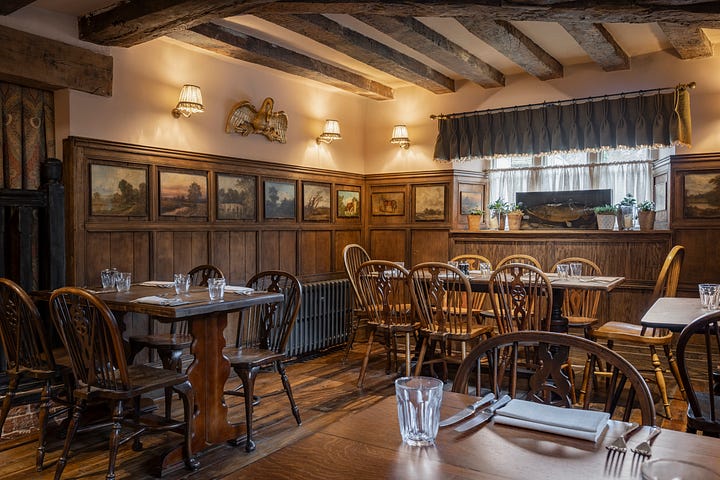
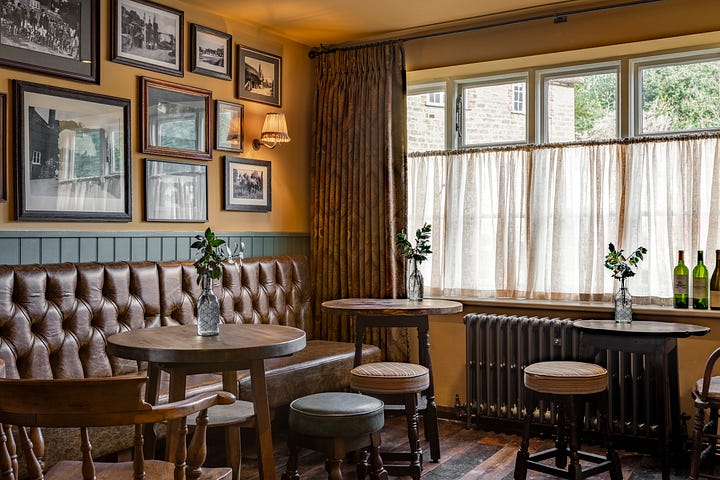
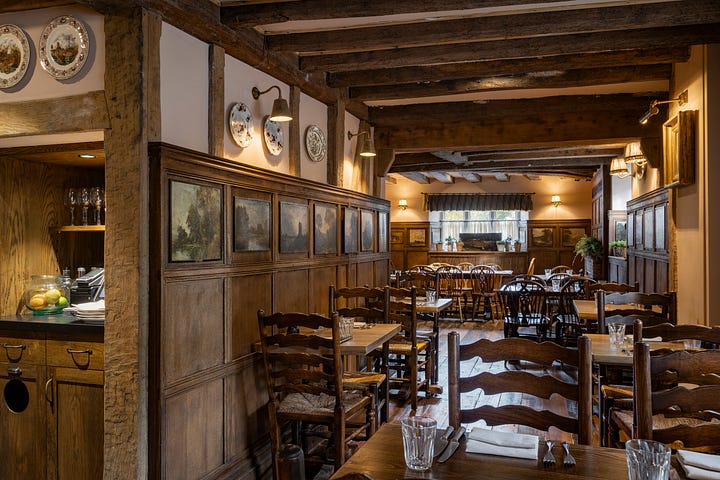
There’s a 46 cover wood-panelled dining room with a keenly priced menu of pub classics and more modern bistro-style dishes, and 12 bedrooms (named after artists, writers, musicians and celebrities who have stayed at The Swan Inn including John Constable, Sir Edward Elgar and actress Diana Dors) individually designed by Zanna Westgate that would give any boutique hotel in the country a run for its money. There’s a barn with a courtyard used for breakfast, events and al fresco dining, and by the summer, the large south-facing garden will no doubt be full of people feasting on pizzas from a wood-fired oven.
or
Davies previously ran the nearby Hollist in Lodsworth (awarded a Bib Gourmand during his tenure) before deciding to take on the renovation of The Swan, a process that has taken two and a half years. Before that, Davis worked in high-end dining at Chez Bruce and Lorne in London and Sorrel in Dorking. The Swan is less fine dining and more hearty and comforting eating, but there is still a certain refinement and sophistication about the menu.
A starter of lamb sweetbreads and chestnut mushrooms was a proper gastronomic treat, beautifully cooked and served in a classic veloute sauce. A huge tranche of brill on the bone was accompanied by bisque, oceans deep with crab flavour. A rabbit terrine and Hunthsam Farm salt beef with salsa verde were equally pleasing, as was a sweet finale of profiteroles with honeycombed parfait and hazelnut, an entirely successful riff on a classic.
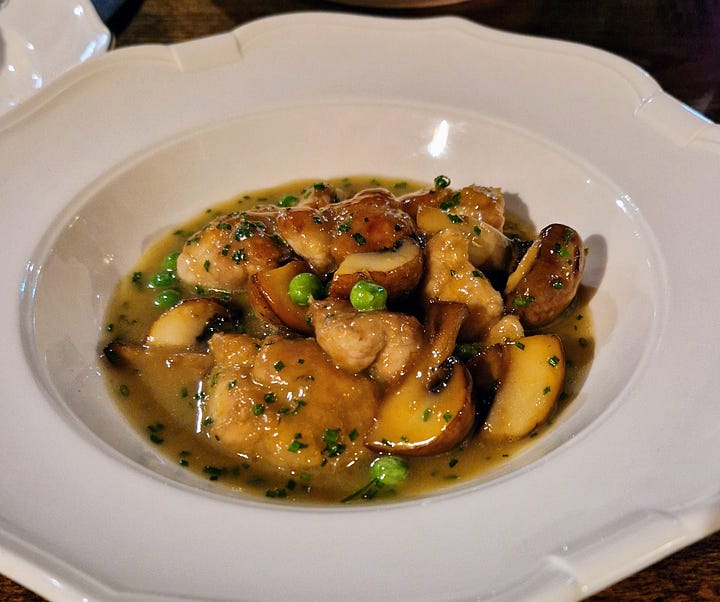
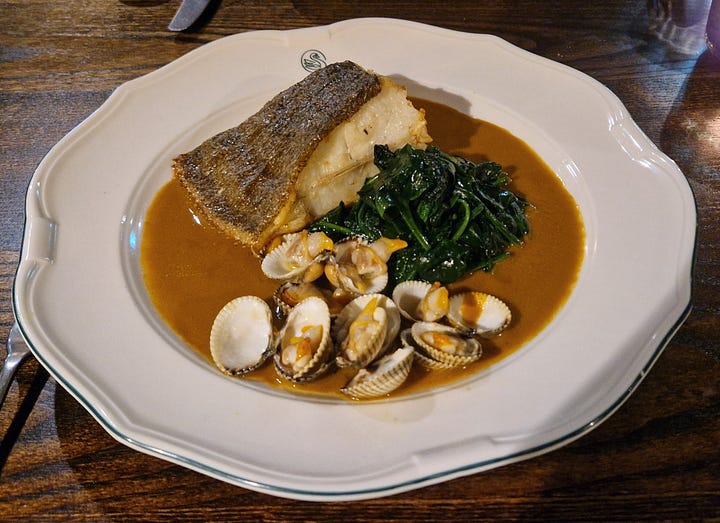
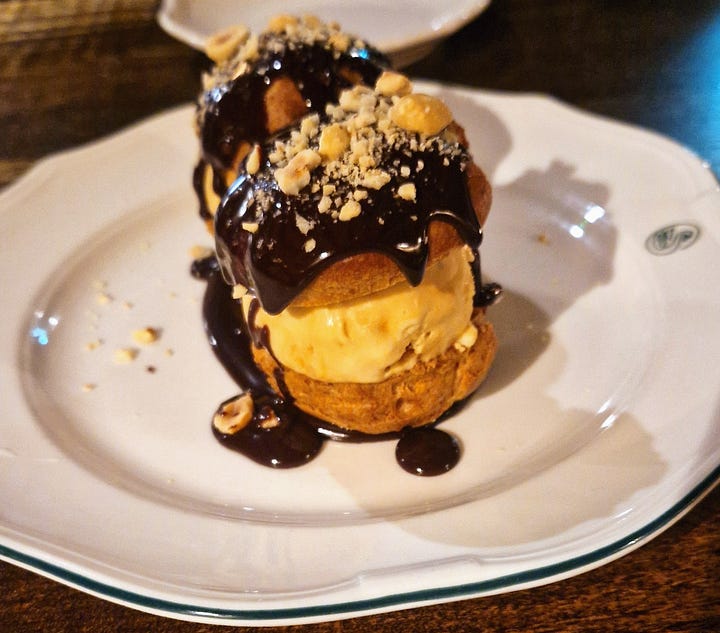
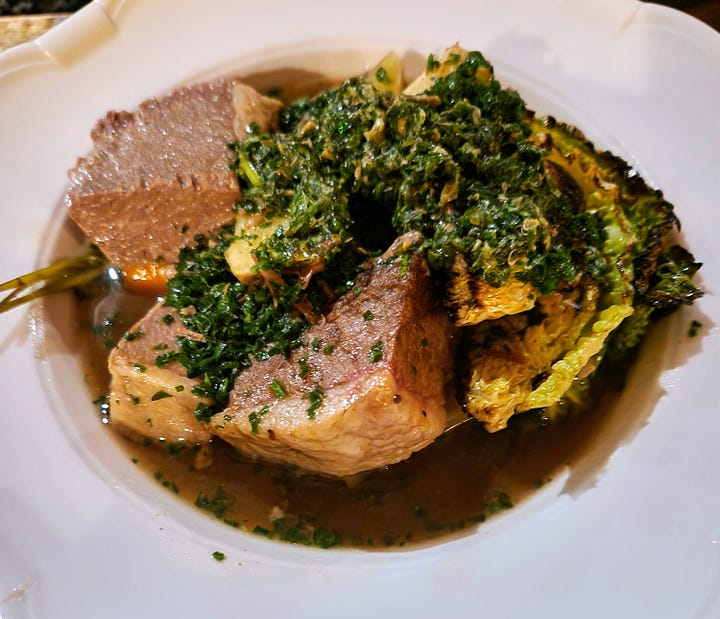
We stayed in the cosy yet chic Room 8, named after Edward Linely Sambourne, the 19th century cartoonist and illustrator known for his work in Punch magazine. The spacious bed was almost impossibly comfortable, covered in high-quality Frette linen; it was like sleeping in a bath full of cream. The lower level bathroom featured a free standing roll top bath, roomy walk-in shower and luxurious Verden toiletries. Homemade shortbread, fresh milk and Villeroy and Boch crockery made us feel very at home. I have to admit we didn’t get around to using the in-room telescope but apparently the Fittleworth is a good spot for observing the night sky.
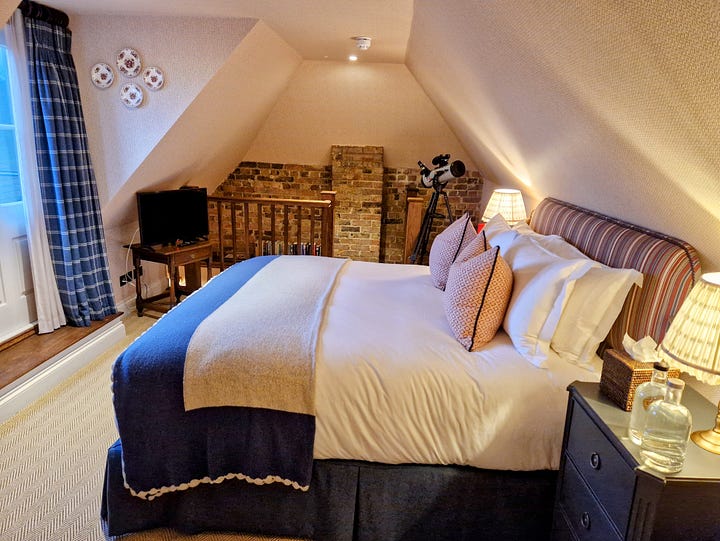
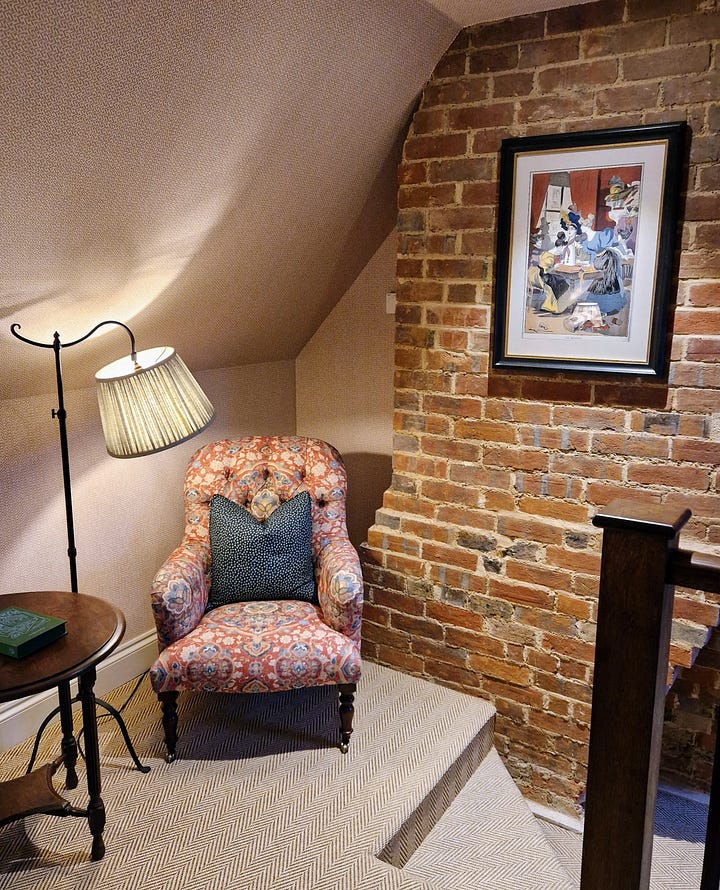
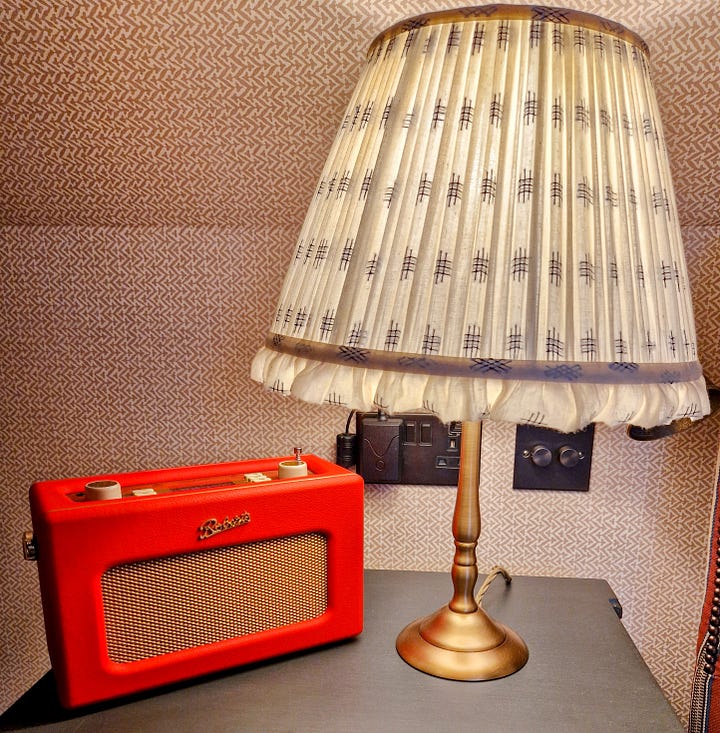
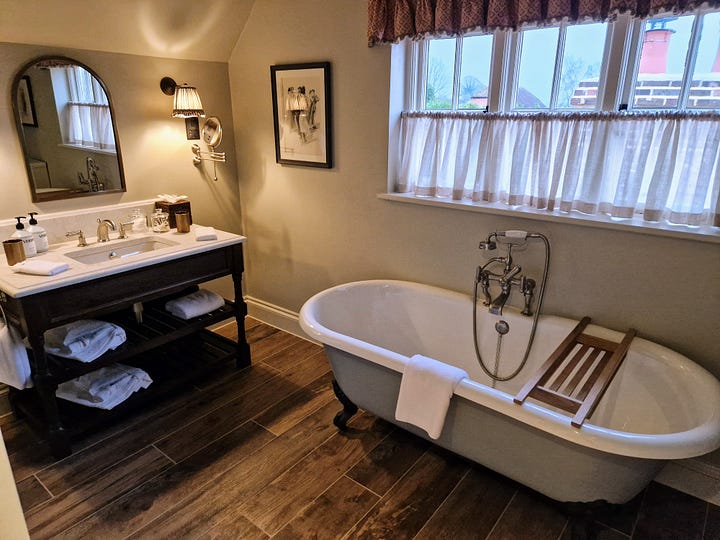
In the morning, before heading to nearby Petworth to shop at The Hungry Guest deli and Hennings Wine and take in some culture at Newlands House, we breakfasted on bacon baps in the barn while Davies’s cute and friendly spaniel Skye kept us and the other diners company. Later that evening, Bryan Ferry, who lives locally, was due to have dinner in the pub. I think that means I can finally say that I’m in with the in crowd, I go where the in crowd goes. There are several other local celebs that frequent the place, including interior designer Martin Brudnizki and Mumford & Sons’ Ted Dwane who supplies The Swan with his locally made Two Orchards cider, but The Swan is no rural Groucho Club. For all its luxurious touches, it feels genuinely welcoming and is mercifully affordable. I’ll raise a glass of Sussex cider to that.
Smashed stayed as guests of The Swan
The Details
Rooms from £195 including continental breakfast (cooked breakfast, £10 supplement). The Swan at Fittleworth, Lower St, Fittleworth, Pulborough, RH20 1EL
01798 697030; swaninnfittleworth.com
Something to cook: Recipes from Great British Menu
I have never missed an episode of Great British Menu, the BBC TV cookery competition for professional chefs that launched back in 2006, so I was delighted to see that they’ve finally got around to publishing a tie-in cookbook. Great British Menu: Home Banquets features 80 recipes from the entire run of the show. You too can now dish up Jason Atherton’s ‘BLT, Croque Monsieur and Truffle’ or Tommy Banks’s ‘Turbot with Strawberries and Cream’ in your own home. Sadly, the book doesn’t contain instructions for how to construct ludicrous Great British Menu-style props that are bigger than your dining table to serve them on so simply substitute your bird feeder or use your dog’s kennel. No one will notice the difference.
Quail Ravioli with Braised Orange Chicory and Thyme Velouté
by Angela Hartnett
Angela is one of the most recognised female chefs in the UK. Her food is grounded in her Italian heritage (she was taught to cook by her Italian grandmother), so it’s no surprise that she had pasta on her menu when she competed for the second time in series 3 – even if the judges felt it wasn’t ‘Welsh’ enough!
SERVES 6
FOR THE QUAIL
500ml chicken stock
6 quail, legs removed for braising
3–4 sprigs thyme
salt and freshly ground black pepper, to taste
FOR THE PASTA
500g ‘00’ flour
5 medium eggs
pinch salt
FOR THE BRAISED QUAIL
1 banana shallot, thinly sliced
1 garlic clove, chopped
few sprigs thyme
1 bay leaf
12 quail legs (see above)
1 teaspoon light soy sauce
1 teaspoon balsamic vinegar
300ml chicken stock
300ml veal stock
olive oil, for frying
salt and freshly ground black pepper, to taste
FOR THE CHICKEN MOUSSE
1 skinless chicken breast
300ml double cream
FOR THE BRAISED ORANGE CHICORY
50g unsalted butter
8 baby chicory, halved lengthwise
juice of 1/2 orange
30g golden raisins
250ml white chicken stock
icing sugar, for dusting
salt and freshly ground black pepper, to taste
FOR THE THYME VELOUTÉ
570ml chicken stock
400ml double cream
1/2 bunch thyme, leaves picked, plus extra to serve
QUAIL
Pour the chicken stock into a saucepan and bring to a simmer, then poach the quail breasts on the bone with the thyme for 4–5 minutes. Remove and allow to cool, then remove the breasts from the bone.
PASTA
Combine all of the ingredients on a board or in a bowl and knead for a few minutes until they come together into a dough, then roll into a ball, wrap with cling film and chill in the fridge for at least 30 minutes.
BRAISED QUAIL
Heat a little olive oil in a frying pan over a medium-low heat and sweat the shallot and garlic with the thyme and bay leaf for 10 minutes until soft and translucent but not coloured.
Add the quail legs, season and cook for 10–15 minutes until caramelised. Add the soy sauce and balsamic vinegar, then deglaze the pan with the stocks, loosely cover and braise the quail legs for 30 minutes.
Remove the quail legs and remove the meat. Pass the liquid through a fine chinois into a clean pan and simmer over a medium-high heat for 20 minutes, or until reduced by two thirds.
CHICKEN MOUSSE
Blend the chicken breast in a food processor with the cream until smooth, then pass the mixture through a sieve into a bowl and season. Cover and chill in the fridge for at least 30 minutes.
BRAISED ORANGE CHICORY
Heat the butter in a non-stick frying pan over a medium heat. Dust the chicory with icing sugar, add to the pan and caramelise lightly for 4–5 minutes. Add the orange juice, golden raisins and stock and simmer for 12 minutes, then remove the chicory and continue simmering
THYME VELOUTÉ
Pour the chicken stock into a saucepan over a medium heat and reduce by half, then add the cream and the thyme leaves and reduce by half again. Pass the velouté through a sieve, then use a hand-held blender to blend until foamy. Season as necessary.
RAVIOLI
Roll out the pasta to the thinnest setting on a pasta machine, then cut out 12 x 7.5–10cm diameter circles. Place a quail breast in the centre of one of the circles, then top with a teaspoon of chicken mousse and some of the leg meat before topping with a second breast. Place another circle of pasta on top and seal. Repeat with the remaining pasta and fillings. Bring a large saucepan of salted water to the boil and cook the ravioli for 3–4 minutes, then drain well and serve with the chicory, velouté and reduced braising liquid. Garnish with a few raisins from the chicory and some thyme leaves.
Slow-cooked Duck with Duck Fat Chips and Gravy
by Tom Kerridge
This exceptional duck and chips was the first of two main courses that Tom cooked at a Banquet – in fact, Tom is the only chef in Great British Menu history to win back-to-back main courses. With local Aylesbury duck and showcasing his now-famous triple-cooked duck fat chips, this was a knock-out.
SERVES 4
FOR THE DUCK BREASTS
1 large Aylesbury duck
3 teaspoons ground mace
4 tablespoons clear honey
50g unsalted butter
rapeseed oil, for frying
FOR THE DUCK LEGS AND PEAS
1 star anise
1/2 cinnamon stick
10 black peppercorns
1 teaspoon coriander seeds
1 teaspoon fennel seeds
2 duck legs (see above)
1 tablespoon rock salt
2 bay leaves
1 litre duck fat
500g fresh podded peas
4 tablespoons clear honey
2 large banana shallots, finely diced
100ml brown chicken stock or beef stock
2 Little Gem lettuces, sliced
20 mint leaves, sliced
1 punnet pea shoots
FOR THE DUCK GRAVY
500g unsalted butter
duck bones, chopped
4 carrots, peeled and chopped into 3cm pieces
4 celery stalks, chopped into 3cm pieces
1 onion, chopped into 3cm pieces
1 bulb garlic, halved widthwise
150g clear honey
4 cloves
2 litres brown chicken stock (high in gelatine)
500g unsalted butter, cubed
juice of 1 lemon (optional)
salt and freshly ground black pepper, to taste
FOR THE DUCK FAT CHIPS
15 large potatoes for chipping
5 litres rendered duck fat, for deep-frying
salt, to taste
DUCK BREASTS
Prepare the duck by removing the legs and wings. Take out the wishbone and remove the excess fat and skin. Remove the backbone. Reserve all the bones for the duck gravy. You should be left with the crown.
Put the fat and skin into a saucepan over a medium heat and render the fat out – this should take 10–12 minutes. Score the skin of the duck crown and rub in the ground mace.
Heat a frying pan over a medium heat and sear the duck crown to render the fat out, then increase the heat to medium-high to crisp up the skin and get a good golden colour. Remove from the pan and allow to cool. Place the duck crown in a vacuum bag and seal, then cook in a water bath at 62ºC for 1½ hours. Once cooked, remove the crown and slice off the breasts.
Heat a little oil in a frying pan over a medium heat and add the duck breasts, skin side down. Cook for 10–12 minutes to crisp up the skin. Add 2 tablespoons of the honey and the butter to the pan and turn the breasts around in the pan until covered in the honey. Remove the breasts from the pan and set aside.
Caramelise the remaining honey by increasing the heat and allowing it to bubble for 2–4 minutes, then pour it over the duck breasts. Rest and keep warm.
DUCK LEGS AND PEAS
Preheat the oven to 130ºC fan. Put the star anise, cinnamon stick, peppercorns, coriander seeds and fennel seeds into a piece of muslin cloth and tie up. Place the duck legs, rock salt, bay leaves and muslin bag of spices into a casserole dish and cover with the duck fat. Bring to the boil, then cover and transfer to the oven. Cook for 3½ hours until the duck is soft. Remove from the oven and leave the legs to cool in the duck fat.
Meanwhile, blanch the podded peas in boiling salted water, then refresh in ice-cold water and drain. Preheat the oven to 180ºC fan. Remove the duck legs from the fat and place them in a baking dish, skin side down. Place in the oven to crisp up for 15 minutes. Remove the duck legs and put the honey into the dish and return to the oven to caramelise for 12 minutes. Pour onto the duck legs, then set aside to cool.
In a saucepan, sweat down the shallots over a medium heat for 4 minutes, then add the chicken or beef stock. Bring to the boil, then reduce to medium heat, add the peas, stir in the sliced lettuce and mint and flake in the duck leg meat. When you’re ready to serve, divide the mixture between four dishes and place some pea shoots on top to garnish.
DUCK GRAVY
Preheat the oven to 180ºC fan. Put the chopped duck bones and wings into a roasting tin and roast in the oven for 45–60 minutes until golden brown.
Meanwhile, in a large saucepan over a high heat, brown the chopped carrots for 10–15 minutes, stirring occasionally, until almost black. Add the other vegetables and brown for 10–15 minutes.
Remove the duck bones from the oven and add them to the pan. Drain off the excess fat from the roasting tin, then add the honey and cloves and caramelise on the hob for 10 minutes or in the oven for 15 minutes. Add some of the chicken stock to deglaze the tin, then pour it over the duck bones and vegetables. Add the remaining chicken stock and simmer over a medium heat for 1 hour, or until reduced by half, to 1 litre.
Pass through a muslin cloth into a clean pan and skim off any excess fat. Warm the sauce, then gradually add the butter and reduce down until the butter has emulsified into the sauce. Season and add lemon juice to taste if necessary.
DUCK FAT CHIPS
Top and tail the potatoes, then use an apple corer to cut out chips. Blanch the chips in salted boiling water for about 10 minutes until they are soft but still hold their shape, then drain.
Heat the duck fat in a deep-fat fryer or deep saucepan to 140°C, then blanch the chips for 8–10 minutes until the oil stops bubbling, which means that the moisture has been removed. Drain and cool.
When you’re ready to serve, deep-fry the chips for a second time at 180ºC for 7–8 minutes until crispy and golden, then remove from the oil with a slotted spoon and season with salt.
ASSEMBLY
Slice the duck breasts into six slices lengthwise and serve with the chips, duck legs and peas and gravy.
Mission Milk: Cornflake Junket, Granola Clusters and Strawberry Soup
by Josh Eggleton
Inspired by Mission Milk, a campaign that the Women’s Institute (WI) initiated to help dairy farmers in the UK, Josh wanted to give a breakfast feel to his recipe, so he steeped cornflakes in milk to make a set dessert that tastes just like the end of a bowl of cereal. This was the favourite to win the dessert round going into finals week, but on the day it just wasn’t meant to be.
SERVES 6
FOR THE CORNFLAKE JUNKET
650g cornflakes
2.4 litres whole milk
½ sheet gelatine per 125ml milk (see method), soaked in cold water until soft
10g demerara sugar
50g malt extract
FOR THE GRANOLA CLUSTERS
50g rolled oats
100g blanched hazelnuts, chopped
100g walnuts, chopped
50g clear honey
50g golden syrup
1g freshly grated nutmeg
sea salt flakes, to taste
FOR THE STRAWBERRY SOUP
800g strawberries, hulled and sliced
100g caster sugar
juice of 1 lemon
TO SERVE
100g strawberries, hulled and sliced
30g caster sugar
juice of ½ lemon
50g wild strawberries
50g freeze-dried strawberries
baby basil leaves
CORNFLAKE JUNKET
Preheat the oven to 180°C fan. Spread out the cornflakes on a baking tray and toast in the oven for 25 minutes until dark and golden but not burnt.
Remove and weigh out 450g of the cornflakes, then combine with the milk in a bowl and allow to steep for 10 minutes. Strain through a muslin cloth, then add the remaining cornflakes to the milk and steep for a further 10 minutes. Pass through a muslin cloth again.
Measure the liquid into a saucepan and add ½ sheet soaked gelatine for every 125ml of milk. Add the sugar and malt extract and bring the mixture to the boil, then remove from the heat, pass through a sieve and pour into six 100g dariole moulds (or 300ml glasses, and build the garnish on top later). Set in the fridge for 1 hour.
GRANOLA CLUSTERS
Preheat the oven to 160°C fan. Toss all the ingredients together on a baking tray and season with sea salt. Bake in the oven for 35 minutes until golden. Remove and allow to cool, then break up into clusters.
STRAWBERRY SOUP
Toss the strawberries with the sugar and lemon juice in a metal bowl and cover with cling film. Cook gently over a saucepan of simmering water for 40 minutes, then place in an ice bath for 30 minutes. Strain through a fine sieve.
ASSEMBLY
Place the strawberry soup into bottles. Turn out the junket onto a plate. Toss the sliced strawberries with the sugar and lemon juice and place around the outside of the junket along with the wild and freeze-dried strawberries, then garnish with the granola clusters and baby basil leaves.
All the above recipes appear in Great British Menu: Home Banquets by Avril Beaven, out now (BBC Books, £28).
Buy this book by using the following affiliate link and help support Smashed:
Great British Menu: Home Banquets
Something to drink: Cuppa G&T from Nessa, Soho
Nessa is a stylish British bar and restaurant located on the ground floor of 1 Warwick members’ house in Soho (both bar and restaurant are open to the public) and is part of the Maslow’s group. Bar Manager Floriano Cubeddu (previously of The Goring Hotel, The Ned and Mortimer House) has created a menu of classic cocktails with a twist that showcase British ingredients.

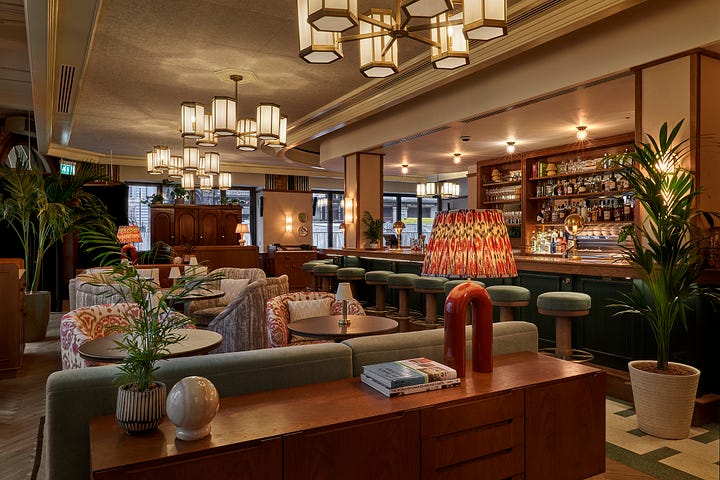
Cuppa G&T by Nessa Bar Manager Floriano Cubeddu
Ingredients for one cocktail
30ml London Dry Gin
10ml Italicus
10ml Lanique Rose
3 dash cherry bitter (optional)
2.5ml elderflower cordial
Tonic water, to top up
Amarena cherry & sage leaf, to garnish
Method
Build all ingredients up over ice, stir and garnish with the sage leaf and cherry
Nessa, 86 Brewer Street, W1F 9UB. 0207 337 7404; nessasoho.com
Read about my foodie trip to Liverpool in this month’s Delicious magazine
On sale now at all good newsagents - deliciousmagazine.co.uk




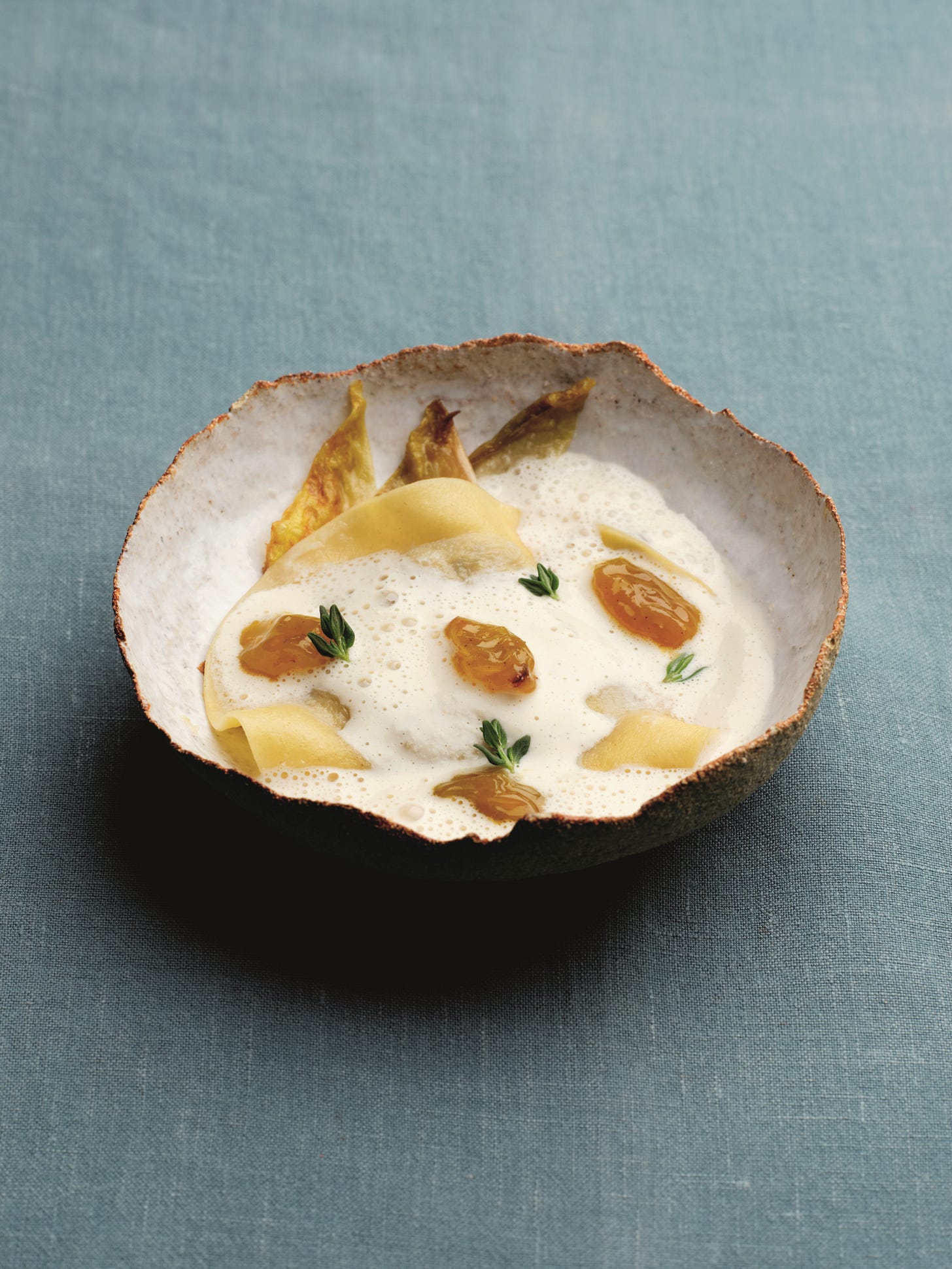
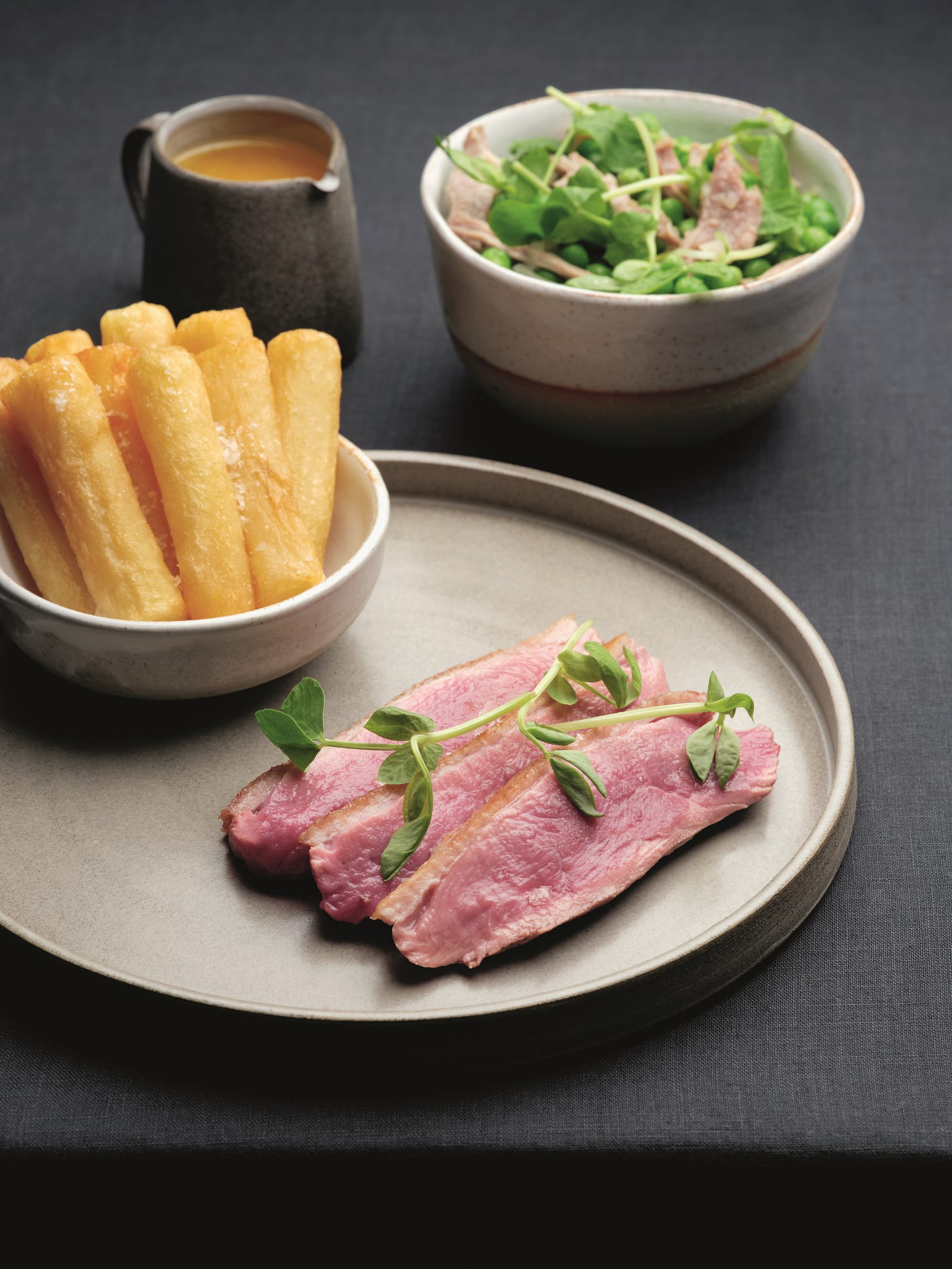
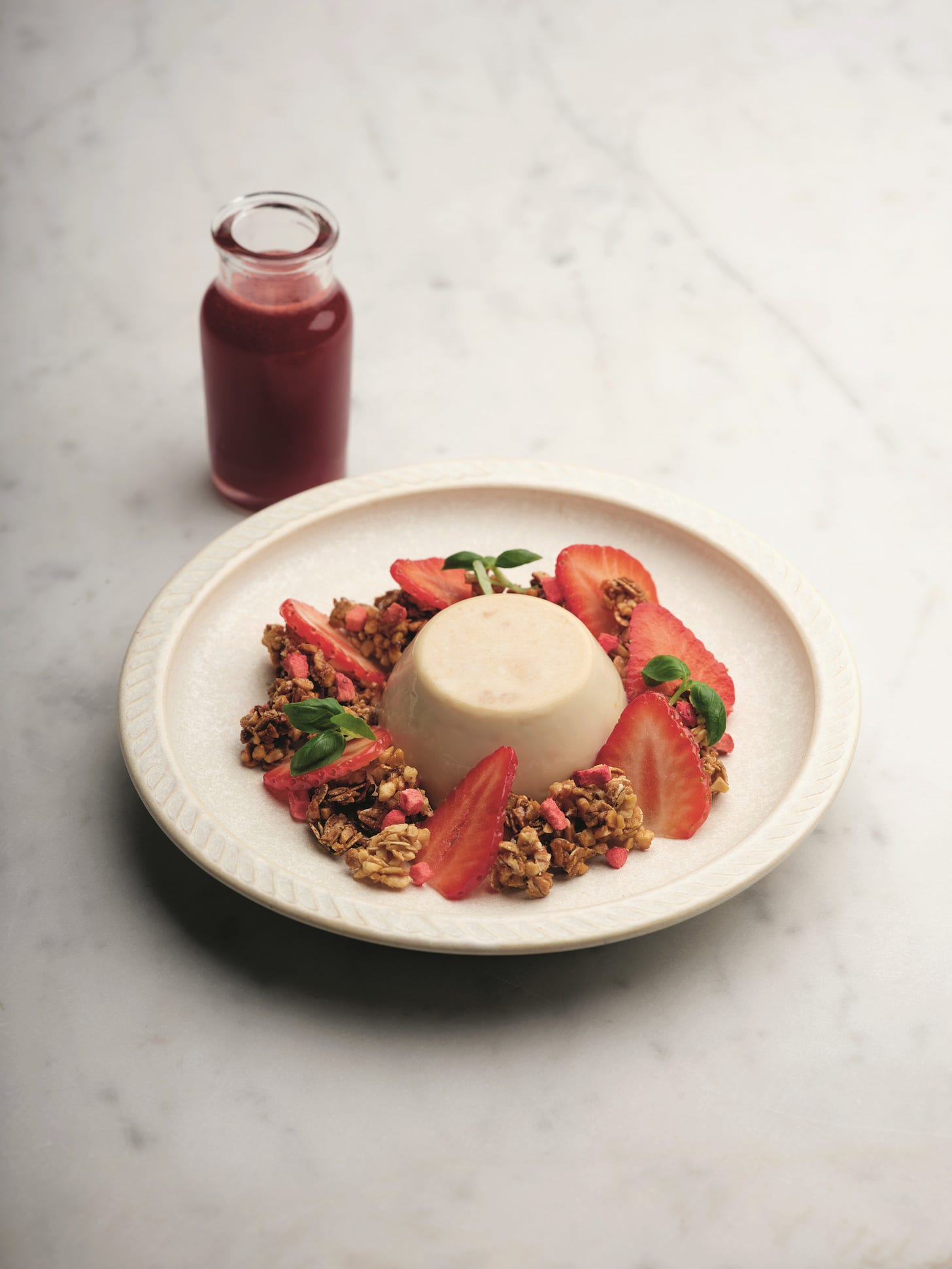
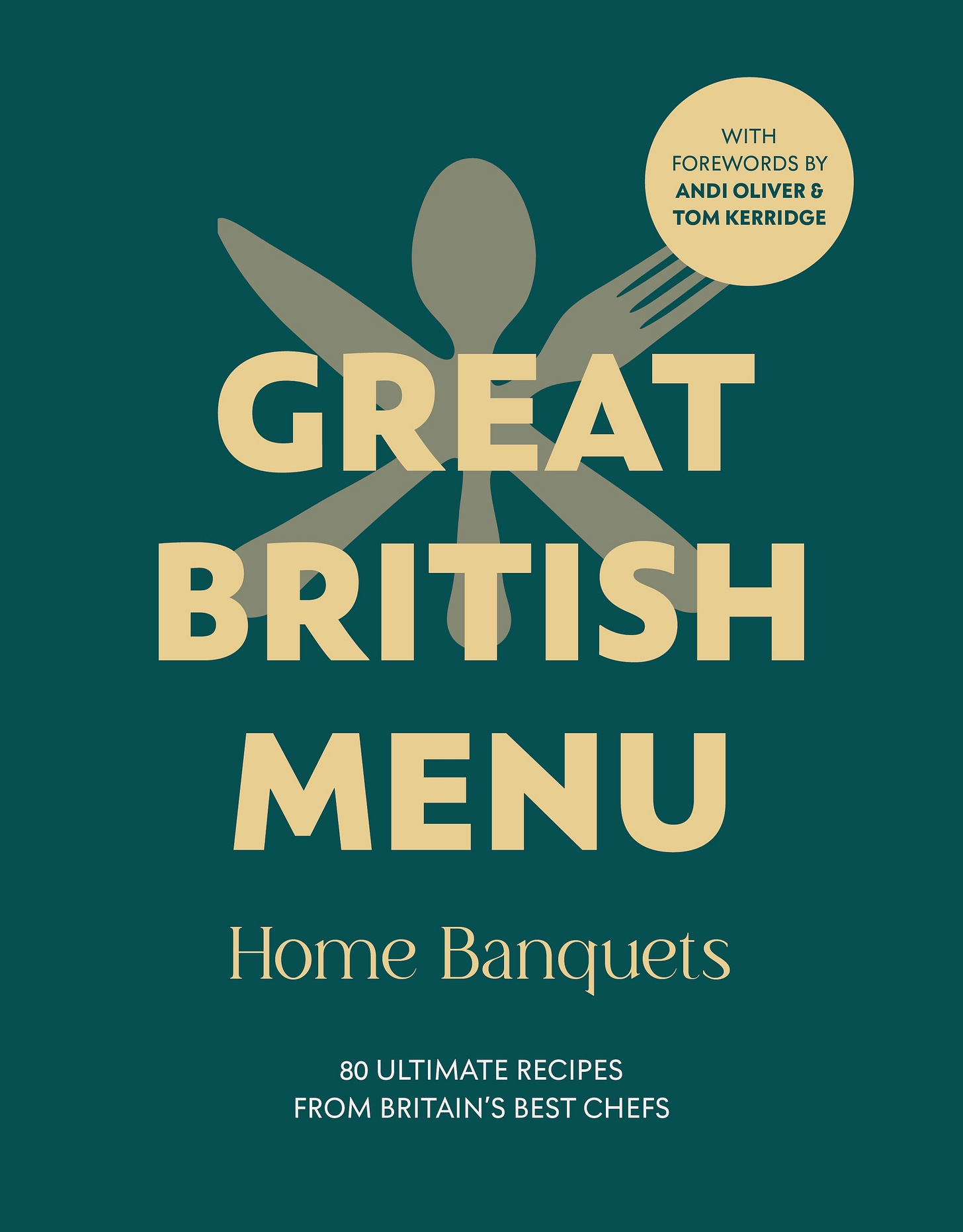
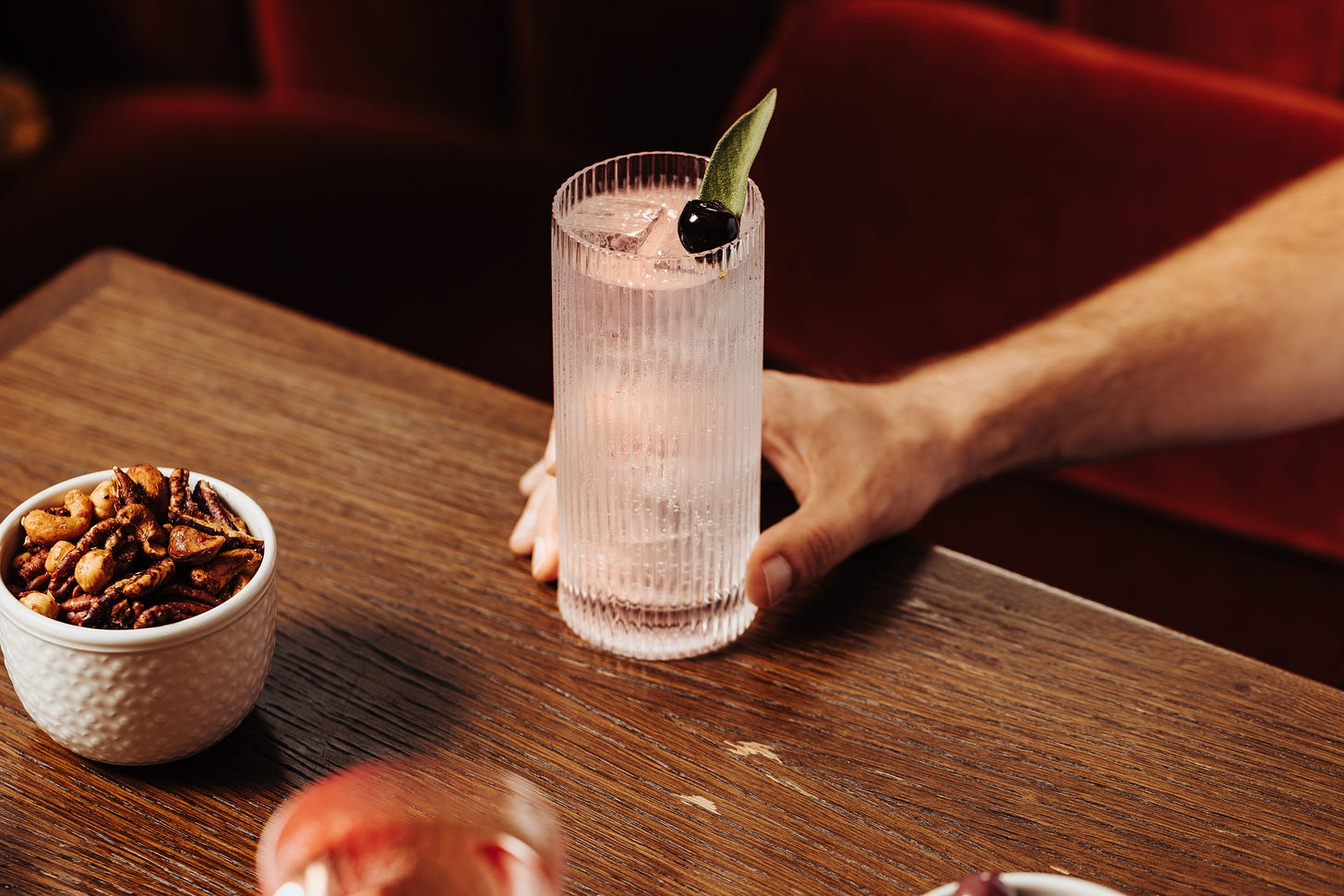

I loved the sound of the duck recipe until...I realised I've just used up my last 5 litres of spare duck fat.
I was very sad to read six pubs a week are closing!